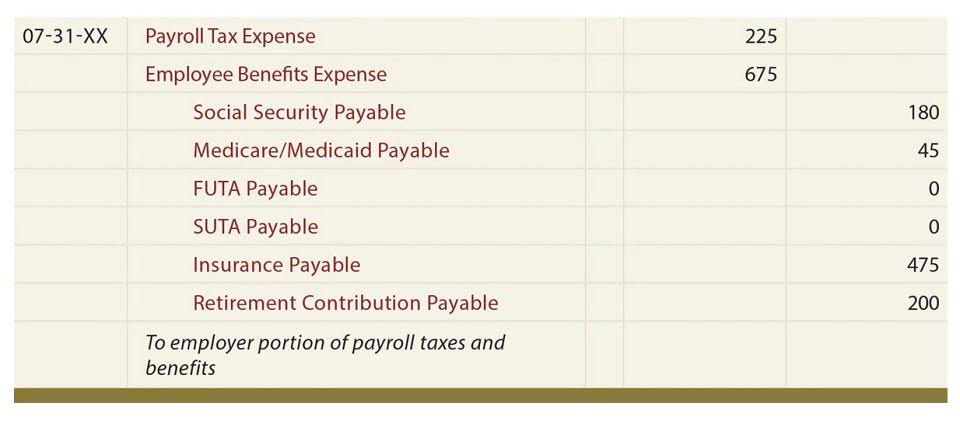Net Working Capital NWC Formula + Calculator

A positive net working capital indicates that your business is in good financial shape and can invest in growth and expansion. If it’s zero, your business can meet its current obligations but may need more investment capacity. You’ll need to tally up all your current assets to calculate net working capital.
- For example, if it takes an appliance retailer 35 days on average to sell inventory and another 28 days on average to collect the cash post-sale, the operating cycle is 63 days.
- First, add up all the current assets line items from the balance sheet, including cash and cash equivalents, marketable investments, and accounts receivable.
- To calculate this ratio, you take a business’s short-term money and compare it to all the money it has.
- In the absence of further contextual details, negative net working capital (NWC) is not necessarily a concerning sign about the financial health of a company.
- You then take last year’s working capital number and subtract it from this year’s working capital to get change in working capital.
- Next, compare the firm’s working capital in the current period and subtract the working capital amount from the previous period.
Free Financial Modeling Lessons

Changes in working capital can occur when either current assets or current liabilities increase or decrease in value. A business has positive working capital when it currently has more current assets than current liabilities. This is a sign of financial health, since it means the company will be able to fully cover its short-term obligations as they Bookkeeping for Chiropractors come due over the next year.
Working Capital Ratio
- If the Net Working capital increases, we can conclude that the company’s liquidity is increasing.
- Still, it’s important to look at the types of assets and liabilities and the company’s industry and business stage to get a more complete picture of its finances.
- Continuing with the example, if you owe $678,000, you will subtract this amount from your $2.158 million, leaving you with $1.48 million.
- Put together, managers and investors can gain critical insights into a business’s short-term liquidity and operations.
- Much like the working capital ratio, the net working capital formula focuses on current liabilities like trade debts, accounts payable, and vendor notes that must be repaid in the current year.
- Forecasting helps estimate how these elements will impact current assets and liabilities.
Current liabilities encompass all debts a company owes or will owe within the next 12 months. The overarching goal of working capital is to understand whether a company can cover all of these debts with the short-term assets it already has on hand. The NWC metric is often calculated to determine the effect that a company’s operations had on its free cash flow (FCF). Aside from gauging a company’s liquidity, the NWC metric can also provide insights into the efficiency at which operations are change in net working capital managed, such as ensuring short-term liabilities are kept to a reasonable level.

HighRadius Named an IDC MarketScape Leader for the Second Time in a Row For AR
The current liabilities section typically includes accounts payable, accrued expenses and taxes, customer deposits, and other trade debt. Working capital is critical to gauge a company’s short-term health, liquidity, and operational Online Accounting efficiency. You calculate working capital by subtracting current liabilities from current assets, providing insight into a company’s ability to meet its short-term obligations and fund ongoing operations. This indicates the company lacks the short-term resources to pay its debts and must find ways to meet its short-term obligations. However, a short period of negative working capital may not be an issue depending on the company’s stage in its business life cycle and its ability to generate cash quickly. Yes, working capital can be zero if a company’s current assets match its current liabilities.
Working Capital Ratio Formula

If a company can’t meet its current obligations with current assets, it will be forced to use it’s long-term assets, or income producing assets, to pay off its current obligations. This can lead decreased operations, sales, and may even be an indicator of more severe organizational and financial problems. Next, add up all the current liabilities line items reported on the balance sheet, including accounts payable, sales tax payable, interest payable, and payroll. As of March 2024, Microsoft (MSFT) reported $147 billion of total current assets, which included cash, cash equivalents, short-term investments, accounts receivable, inventory, and other current assets.
